Filter by
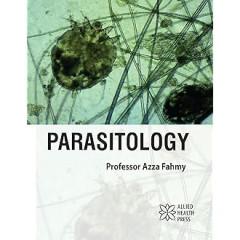
Parasitology
- الإصدارة
- -
- ردمك/ردمد
- 978-1-77956-216-6
- التوريق
- 294p.
- عنوان السلسلة
- -
- رقم الطلب
- 612-2/006
- الإصدارة
- -
- ردمك/ردمد
- 978-1-77956-216-6
- التوريق
- 294p.
- عنوان السلسلة
- -
- رقم الطلب
- 612-2/006
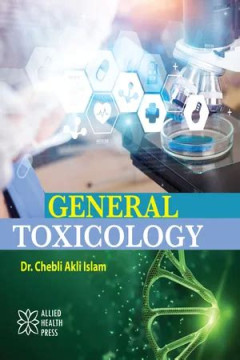
General Toxicology
This comprehensive text aims to elucidate the principles of toxicology, covering the mechanisms of toxic action, dose-response relationships, and toxicokinetics. It addresses various classes of toxins--chemical, biological, and environmental--and their impacts on human health. Practical applications in risk assessment and management are integrated to provide a foundational understanding of toxi…
- الإصدارة
- -
- ردمك/ردمد
- 978-1-77956-247-0
- التوريق
- 271p.
- عنوان السلسلة
- -
- رقم الطلب
- 612-2/005
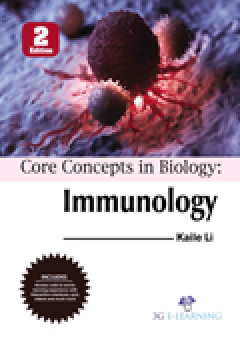
Core Concepts in biology: Immunology
- الإصدارة
- -
- ردمك/ردمد
- 978-1-98468-925-2
- التوريق
- 285p.
- عنوان السلسلة
- -
- رقم الطلب
- 612-2/004
- الإصدارة
- -
- ردمك/ردمد
- 978-1-98468-925-2
- التوريق
- 285p.
- عنوان السلسلة
- -
- رقم الطلب
- 612-2/004
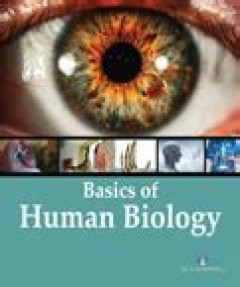
Basics of human biology
- الإصدارة
- -
- ردمك/ردمد
- 978-1-98468-572-8
- التوريق
- 190p.
- عنوان السلسلة
- -
- رقم الطلب
- 612-2/003
- الإصدارة
- -
- ردمك/ردمد
- 978-1-98468-572-8
- التوريق
- 190p.
- عنوان السلسلة
- -
- رقم الطلب
- 612-2/003

Human Anatomy and physiology
Human anatomy is the study of the structure and organization of the human body, including various systems such as the skeletal, muscular, and circulatory systems. Physiology, on the other hand, focuses on the functions and mechanisms that allow the body to operate and maintain homeostasis. Understanding the intricate relationship between anatomy and physiology is crucial for comprehending how t…
- الإصدارة
- -
- ردمك/ردمد
- 978-1-68251-980-6
- التوريق
- 249p.
- عنوان السلسلة
- -
- رقم الطلب
- 612-2/002
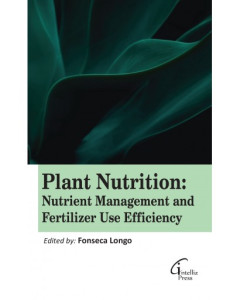
Plant nutrition: nutrient management and fertilizer use efficiency
- الإصدارة
- -
- ردمك/ردمد
- 978-1-68251-951-6
- التوريق
- 257p.
- عنوان السلسلة
- -
- رقم الطلب
- 581-2/005
- الإصدارة
- -
- ردمك/ردمد
- 978-1-68251-951-6
- التوريق
- 257p.
- عنوان السلسلة
- -
- رقم الطلب
- 581-2/005
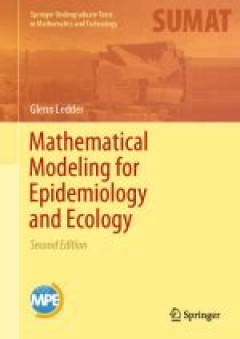
Mathematical modeling foe epidemiology and ecology
Mathematical Modeling for Epidemiology and Ecology provides readers with the mathematical tools needed to understand and use mathematical models and read advanced mathematical biology books. It presents mathematics in biological contexts, focusing on the central mathematical ideas and the biological implications, with detailed explanations. The author assumes no mathematics background beyond e…
- الإصدارة
- -
- ردمك/ردمد
- 978-3-031-09456-9
- التوريق
- 364p.
- عنوان السلسلة
- -
- رقم الطلب
- 577-2/008
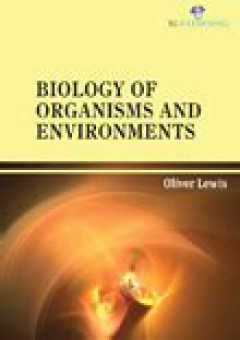
Biology of organisms and environments
- الإصدارة
- -
- ردمك/ردمد
- 978-1-98469-580-2
- التوريق
- 305p.
- عنوان السلسلة
- -
- رقم الطلب
- 577-2/007
- الإصدارة
- -
- ردمك/ردمد
- 978-1-98469-580-2
- التوريق
- 305p.
- عنوان السلسلة
- -
- رقم الطلب
- 577-2/007

Conservation biology: foundations, concepts, applications
This book provides a thorough, up-to-date examination of conservation biology and the many supporting disciplines that comprise conservation science. In this, the Third Edition of the highly successful Conservation Biology: Foundations, Concepts, Applications, the authors address their interdisciplinary topic as it must now be practiced and perceived in the modern world. Beginning with a con…
- الإصدارة
- -
- ردمك/ردمد
- 978-1-68251-987-5
- التوريق
- 272p.
- عنوان السلسلة
- -
- رقم الطلب
- 577-2/006
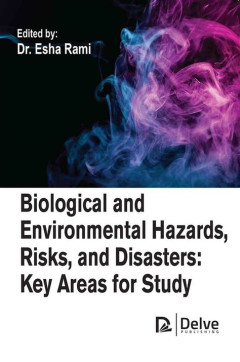
Biological and Environmental Hazards, Risks, and disasters: key areas for study
Biological and Environmental Hazards, Risks, and Disasters are critical areas of study that encompass a wide range of threats to both the natural world and human populations. This multidisciplinary field explores the interactions between living organisms and the environment, as well as the potential consequences of these interactions. “Biological And Environmental Hazards, Risks, And Disaster…
- الإصدارة
- -
- ردمك/ردمد
- 978-1-77469-872-3
- التوريق
- 247p.
- عنوان السلسلة
- -
- رقم الطلب
- 577-2/005
 Computer Science, Information & General Works
Computer Science, Information & General Works  Philosophy & Psychology
Philosophy & Psychology  Religion
Religion  Social Sciences
Social Sciences  اللغة
اللغة  Pure Science
Pure Science  Applied Sciences
Applied Sciences  Art & Recreation
Art & Recreation  Literature
Literature  History & Geography
History & Geography